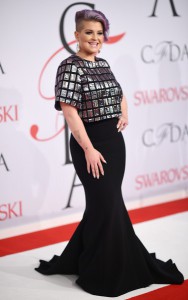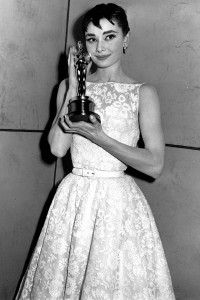As a follow up to my last post, I’d like to discuss the following posts from Amelia Butler:
–Winter Is Coming… And Coming
–Subjective Timbre – Getting It Backwards
–The Blonde Winter
These posts are interesting because they say something that seems to not be popular among analysts who work with the 12 Sci\ART seasons. Amelia’s perspective is especially interesting to me because she was trained and mentored by Kathryn Kalisz herself.
After years of believing that your appearance alone gives no clues at all to your season… I’m starting to come around to the idea that visual harmony matters. It’s interesting that people are very open to seeing Winters of all stripes, but a Light Spring with dark hair and eyes would be much harder to believe.
I think the point that Amelia makes in her Blonde Winter post is important–the colors need to work on you without makeup. In your natural state, you need to need that much saturation as Winter seasons provide, and no one would tell a man that they need a lipstick to look good in the True Winter palette.
In her “Blonde” post, she is mainly talking about True Winter, so I’m curious to know if she thinks a Bright or Dark Winter could be a blonde. Perhaps it’s different when there is a spring or autumn influence affecting the colors, versus the purity of winter alone.
While I think there are still room for surprises in the draping process, I think that perhaps sometimes, it’s because the wrong colors are dulling your natural coloring and making you present differently than it is otherwise. I’m not sure if I believe anymore that you can see something really unusual, like a Light Spring with dark hair and eyes as I mentioned above.
Those of you who have read my blog before probably know I identify with the Dark Autumn season. As a natural blonde, if someone believes what Amelia is saying in these posts, then one might also come to the conclusion that a Dark Autumn coloring would unlikely. But I still find that I harmonize with the fan, when I look at it under my face. Unlike many others who are blonde into adulthood, I don’t find that mascara or filling in my brows makes any bigger of a difference on me than it does on brunettes. I will frequently just put on a DA lipstick, or wear no makeup at all. So there are still surprises, but maybe not just huge leaps…
What do you think of Amelia’s posts? Do you agree, or are you firmly in the “you know absolutely nothing until you’re under the lights and in the drapes” camp?

